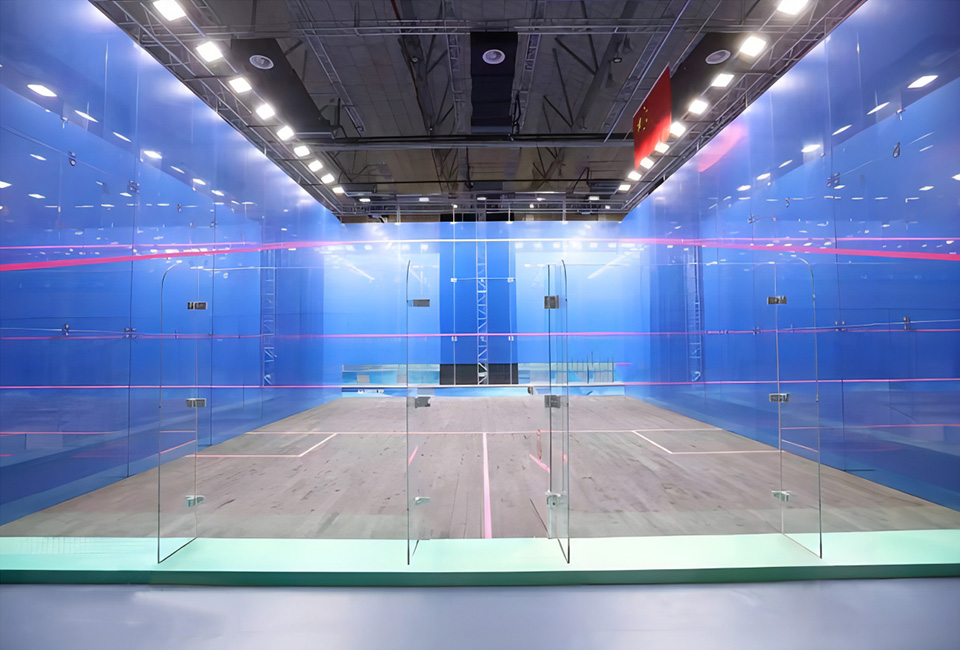

The Thrilling World of Padel and Paddle Tennis
In the realm of racquet sports, two names have emerged as champions of fun and fitness padel and paddle tennis. Though often confused due to their similar names, these games offer distinct experiences that appeal to players of all ages and skill levels. This article delves into both sports, examining their origins, rules, and the reasons for their growing popularity worldwide.
Origins and Evolution
Padel, a sport that originated in Mexico in the 1960s, was invented by Enrique Corcuera. It rapidly gained popularity, particularly in Spain, where it evolved into the game we know today, played on a court surrounded by glass walls. The sport combines elements of tennis and squash, allowing players to use the walls to enhance their gameplay. Padel has become a significant part of Spanish culture, with thousands of courts established across the country.
Paddle tennis, on the other hand, is a slightly older sport, with roots tracing back to the early 20th century in the United States. Created as a miniaturized version of tennis, it is typically played on a smaller court without walls. Paddle tennis incorporates unique rules and equipment, such as solid paddles and a depressurized ball, which contribute to an engaging and fast-paced game. Although paddle tennis has seen fluctuations in popularity, it remains a beloved pastime in various communities across America.
Rules and Gameplay
At first glance, padel and paddle tennis share several similarities, including the use of paddles and a net, but the differences in rules and court design set them apart.

In padel, players typically compete in pairs (doubles), and the game is played on a court measuring 20 meters by 10 meters. The net is lower than that of a traditional tennis court, and the walls come into play, allowing players to hit the ball off them. The objective is to score points by getting the ball to bounce in the opponent's court in a way that they cannot return it. Padel's appeal lies in its accessibility, as players of various skill levels can enjoy the game while developing their techniques.
Paddle tennis is generally played in singles or doubles on a court that measures 20 feet by 44 feet. The game employs a unique set of rules, including a no-wall bounce and has its own scoring system. The smaller court size and the use of solid paddles enhance fast-paced matches, making every point exciting. Paddle tennis demands agility, hand-eye coordination, and quick reflexes, making it a thrilling experience for participants.
The Rising Popularity
The allure of padel and paddle tennis lies in their inclusive nature. Both sports can be played casually among friends or competitively in organized leagues, catering to a wide audience. Their relatively low technical barriers make them accessible, inviting even beginners to join the action without the pressure of mastering complex techniques.
Furthermore, the social aspect of both sports cannot be understated. Many players enjoy the communal environment of courtsides, making new friends and engaging in lively banter during matches. The fitness benefits, too, are significant; both sports offer excellent cardiovascular workouts while improving agility, coordination, and overall physical health.
Conclusion
As padel and paddle tennis continue to grow in popularity around the world, they capture the essence of joy, camaraderie, and healthy competition. Whether you're playing for fun or striving to master your skills, these racquet sports promise an exhilarating experience that brings people together. So grab a paddle, find a court, and dive into the world of padel and paddle tennis – you won't be disappointed!
AI-Designed Paddle Racquet | GPT-4 Turbo Tech
Premium Paddle Racquet | AI-Optimized Design
Smart Padel Courts with GPT-4 Turbo AI
AI-Powered Paddle Racquet w/ GPT-4-Turbo Optimized
China Pro Ping Pong Paddle | Premium Spin Control
Premium AI-Enhanced Padel Court | GPT-4 Turbo Design